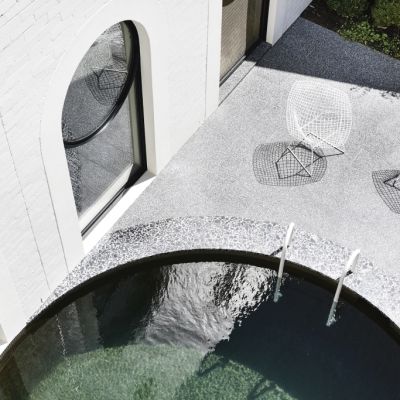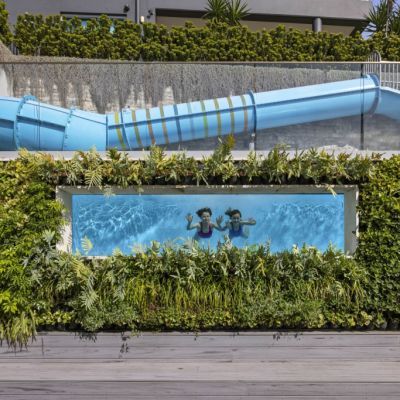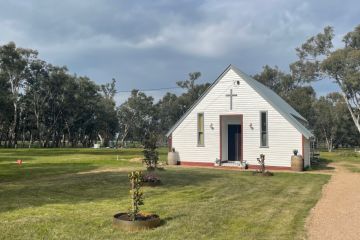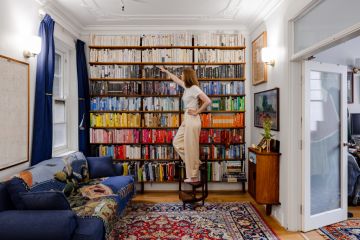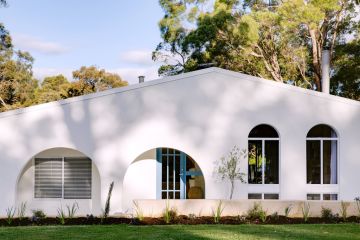How much will it cost to build a pool in 2026?
In the face of shrinking block sizes, rising living costs and an ongoing construction crunch, Aussie home buyers are refusing to pull the plug on pools, with the beloved backyard blue remaining the most sought-after feature across almost every capital.
As summer looms and pool owners prepare to smugly roll out the floaties and Esky, a new Domain report has revealed that “pool” still tops the list of most-searched-for keywords for home hunters.
Just Sydney, Melbourne and Canberra buck the trend, with buyers there prioritising a granny flat, art deco charm and a north-facing abode above a place to dip their toes.
Despite installation costs ballooning by 30 per cent in the wake of COVID, industry experts say prices have stabilised over the past 12 months, as supply chains ease and new tech speeds up installs. Meanwhile, property punters still tip a price premium of 10 to 13 per cent for homes with a pool.
“It’s clear most Aussie home buyers still value a pool above all else,” said Domain chief of research and economics Dr Nicola Powell.
“So, while Sydney saw pools slip from the top spot for the first time this year, which is likely due to affordability, many Australians still prioritise them.”
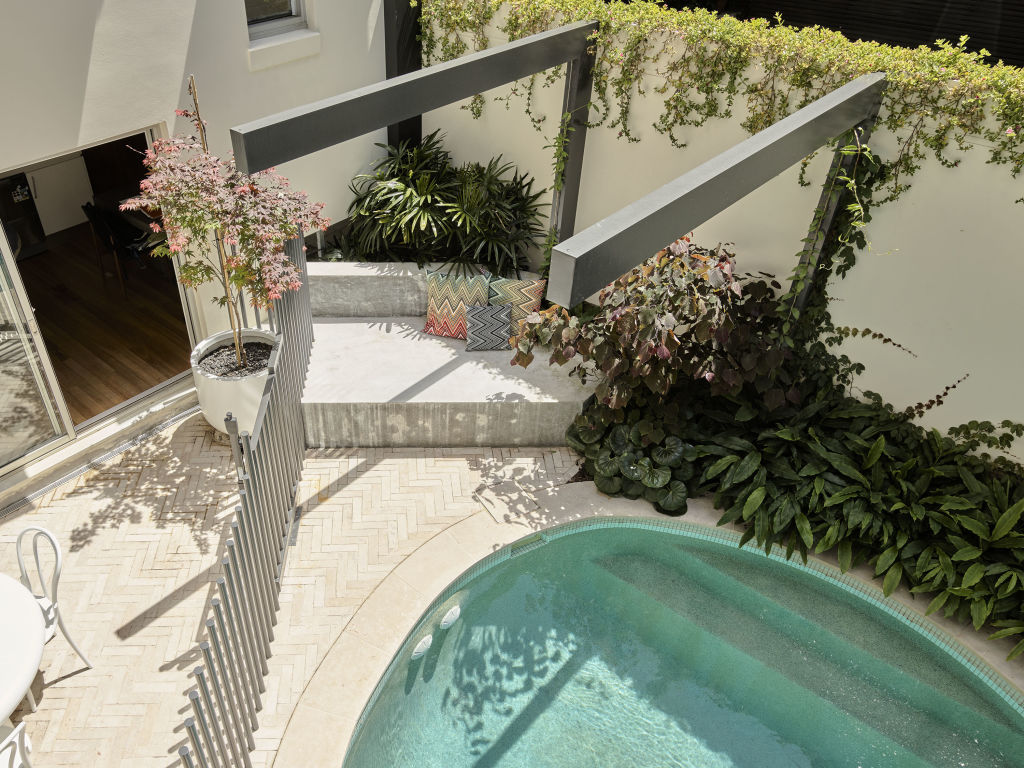
Powell said smart designs that maximise small spaces and advanced maintenance technology had helped pools ride out the cost-of-living crunch and shrinking backyards.
Kristin Brookfield, chief executive of the Master Pool Builders Association Australia, said a stabilised sector had also helped, with the industry catching its breath over the past year. Their latest report shows development applications for pools rose 12 per cent over the July quarter, with Queensland leading the charge following a 37 per cent quarterly hike.
Customers, she added, have regained easier access to products and labour at prices closer to pre-pandemic expectations.
How much does it cost to build a pool?
Size, material, fencing, council permits and landscaping drive the bottom line. Prices range from just a few thousand for an above-ground model or a plunge pool, to well over $150,000 for a large concrete in-ground pool with a splash deck and a heat pump.
Melbourne Pools said prices for in-ground concrete pools now ranged from $60,000 to well over $100,000 nationwide, while Brisbane Leisure Pools co-owner Taylor Belgrove said fibreglass options typically ran from $45,000 to more than $100,000. Many installation packages include site excavation, filtration and pump systems, basic fencing and paving and pool finishes.
Plunge pools, which typically measure between two and six metres long and are above ground, start at $8000, according to trade site hipages.
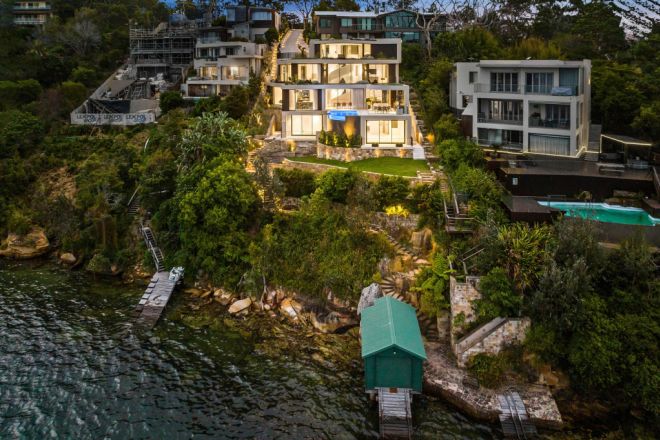
Brookfield said prices also vary slightly across the country, mainly due to pool preferences and even soil type.
“For example, in Western Australia, where they have a mostly sand-based soil, fibreglass pool shells are the more common pool,” she said.
Belgrove said site access also impacted the price of a pool – particularly for in-ground fibreglass projects.
“We installed a pool for one client and the site access was woeful … this meant we had to use a 150-tonne crane, which is an additional $7000 right there,” he said.
Additional costs to consider when building a swimming pool
Brookfield said pool development application fees don’t vary too much from council to council; however, zoning and overlays can impact the price, with the total construction cost of the project, the size and depth of the pool and the installation type also factors.
In Brisbane, for example, the fees can add up to about $4000 – covering pool safety certificates, fence inspections, and plumbing inspections.
Fencing also adds up, with hipages putting the cost between $200 per metre for basic timber fencing, to $600 per metre for high-end glass fencing. Landscaping, decking, coping, lighting and drainage can easily add tens of thousands of dollars, depending on the design.
Heating systems are another consideration: solar pool heating costs between $2700 and $6300, and heat pumps range from about $3600 to $6900, according to hipages.
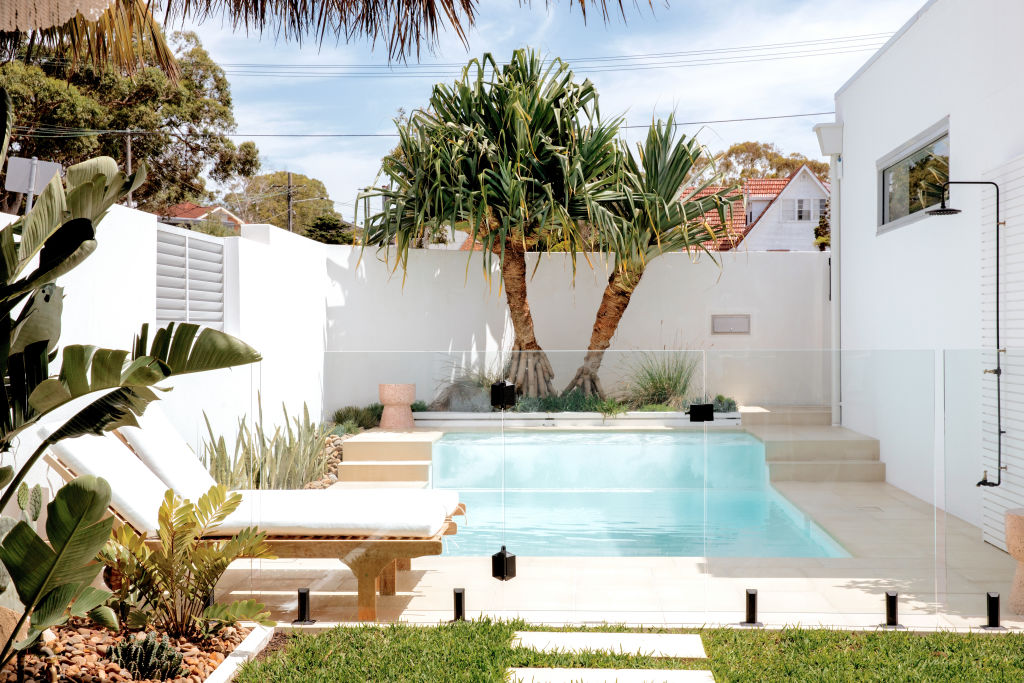
Then there’s the cost of ownership. Hipages estimates that annual maintenance, chemicals, and power will cost pool owners between $600 and $1500.
Belgrove said high-end tech – from smart systems that can control heating to advanced cleaning solutions – is now taking much of the labour out of pool ownership, but at a price.
“Pools are like cars in this regard,” he said.
Concrete or fibreglass pool costs: What to weigh up
Brookfield said both types of pools have pros and cons. Fibreglass pools win on installation speed and sometimes on simplicity, while concrete pools suit those craving greater depth and creative shapes and sizes.
“With concrete you need to dig the hole, and you need to form up the concrete and steel and wait for it to set,” she said.
“You then need to dress the concrete, which means your different pool finishes such as a gel coat, before you can even put the water in,” she said.
“And that can take a couple of months as opposed to fibreglass, which can take a couple of weeks.
“But while fibreglass shells come in a wide of range … they still are what they are.”
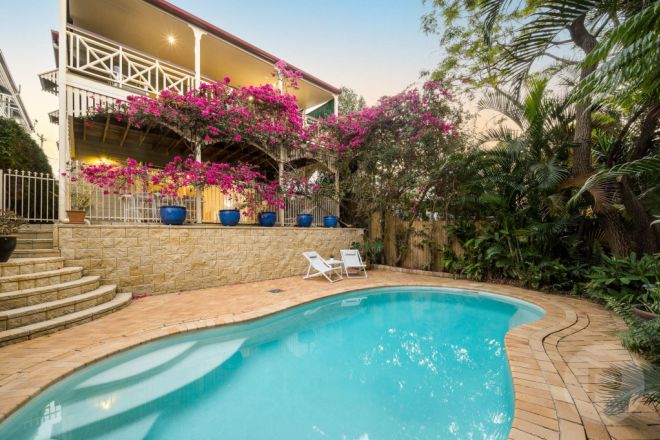
While concrete pools are, by and large, more expensive, they avoid installation headaches because they are built on-site.
Belgrove said that no matter which pool type you prefer, the most important thing for home owners is to do the homework.
“Don’t just check products, check licenses and be diligent about where you’re spending your money,” he said.
“Get at least three quotes and check what they include. And check if you’ll need excavation costs.”
Timelines and permits
Belgrove said development application permits take around four weeks.
“What will help you here is if you ensure you have the correct measurements ahead of that application and ensure you’ve narrowed your quotes down to a couple of companies,” he said.
As for the installation, he said that for fibreglass pools it’s typically much faster than most expect.
“If it’s a basic pool with good access, it’s quite efficient,” he said
“For example, we dug the hole last Monday, and it will be in use by this Tuesday. So, that’s a little over a week.
“But then a 12-metre pool we did is going to take four weeks.”
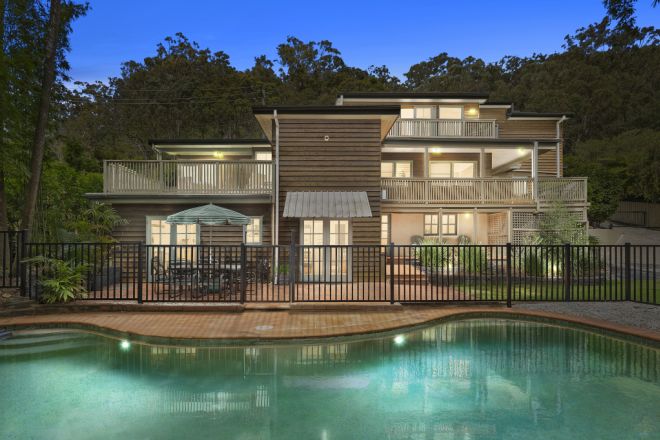
For concrete, Crystal Pools estimates the total time at 16 to 20 weeks, including finishing, fence installation, and landscaping.
The pool trends making waves
Kristie Pain, chief executive of pool manufacturing giant Explore Industries, said straight-line, modern coastal designs had dominated trends over the past year, with free-form pools starting to emerge.
“Plunges and space-saving pools are holding steady as well … and features that we find customers looking for within their pool design, include a large swim space, convenience of bench seating and a combination of swim-spa models,” she said.
How much value does a pool add to your home?
Pat Ivey of Harcourts Prestige said pools add about 10 per cent at the new build stage, though they can be polarising.
“Some people won’t look at homes with pools, but I do find that’s a small percentage of buyers,” he said.
“There’s no middle ground. It’s either a definite ‘no’ or a definite ‘yes’.
Ivey said buyers were gravitating towards magnesium pools amid the wellness wave and added that salt pools are in greater demand than chlorinated ones.
We recommend
We thought you might like
States
Capital Cities
Capital Cities - Rentals
Popular Areas
Allhomes
More
- © 2025, CoStar Group Inc.

